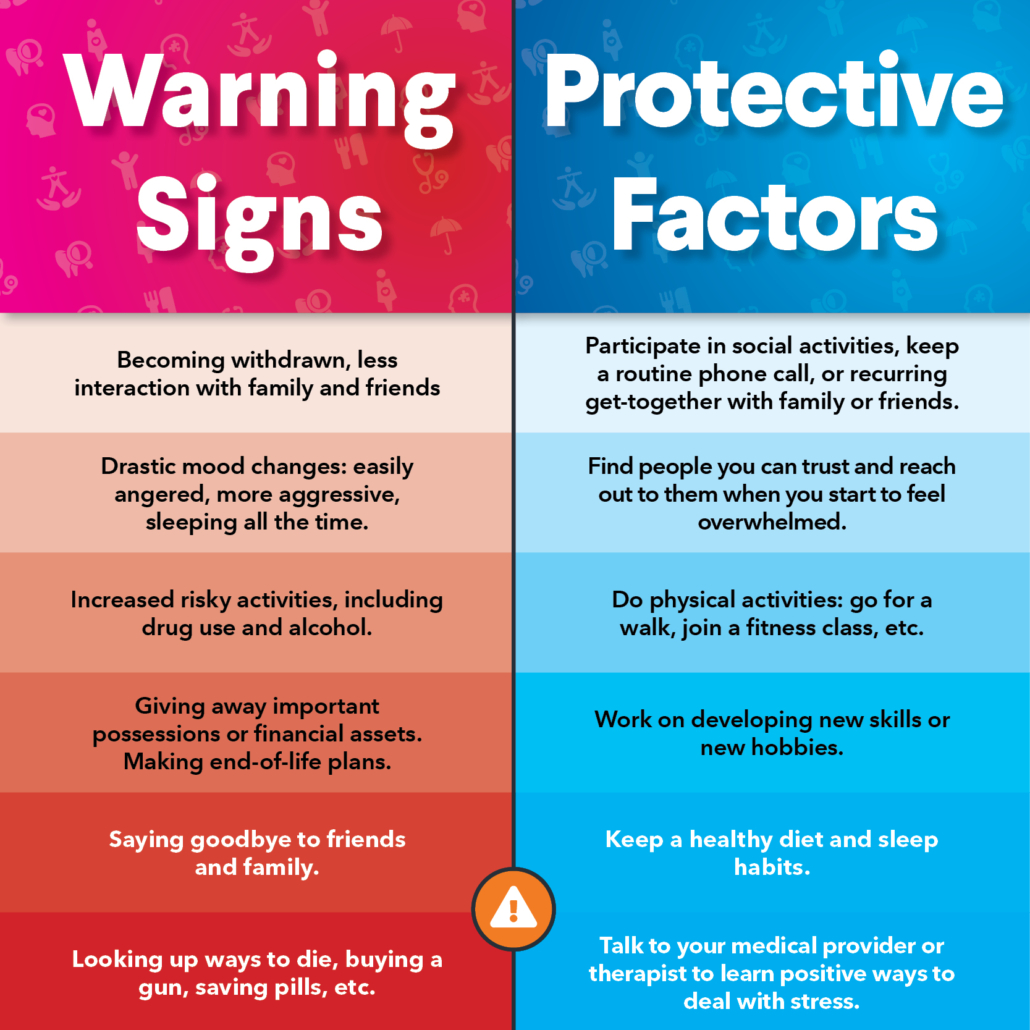Let’s face it, we are all aging. So, how do we age gracefully? How do we mindfully incorporate wellness into our lives so that as we age, we do so healthfully? Well, for starters, let’s kick the month of September off by celebrating Healthy Aging Month. Let’s accept the fact that yes, it’s going to happen, we will age, and we will become the best version of ourselves by incorporating daily habits like exercise, eating foods that are beneficial to our overall health, and getting enough sleep.
The keywords here are routine, mindfulness, and wellness. The next step is to try some helpful tips that are easy enough to remember and adapt to your current lifestyle.
Exercise
Daily physical activity is one of the most important things you can do for your overall health, especially as you age. It can prevent and delay various health-related illnesses like diabetes, stroke, or heart disease. The Centers for Disease and Control recommend some exercise is better than none. I recommend focusing on these 4 types of exercise daily: stretching, balance, muscle building with weights, walking and/or running.
Nutrition
As we age, eating healthy foods can improve our overall well-being. Limiting sugar and processed carbohydrates can positively impact the way we feel. The U.S. Department of Agriculture – USDA, notes that proper nutrition may decrease the risk of developing chronic diseases such as diabetes, hypertension, high blood pressure, and heart disease. As we age, our nutritional needs may change. It is recommended that individuals over the age of 60 follow these guidelines:
- Limit foods that contain processed sugar, saturated fats, and high levels of sodium.
- Increase your daily protein totals by choosing foods that come from various sources like legumes, white fish, and chicken. Low-sugar, low-carb protein shakes, and protein waters are also good alternatives to help ensure you are consuming enough protein per day.
- Consume nutrients your body depends on, including potassium, calcium, vitamin D, and B12. A good multivitamin can be beneficial in addition to eating plenty of fruits and vegetables. Fiber is also very important to consume and can help move food through your digestive tract.
- Drink water first thing in the morning. There are varying concepts on how much water is needed per day. A good rule of thumb is to take your total weight and divide it in half. That number is the amount of water your body may need per day in order to stay hydrated. Other drink options may include low or fat-free milk, including lactose-free, soy, oat, and almond beverages. Limit or omit entirely beverages that contain sodium and sugars.
- Eat from all 5 food groups. Learn how much to eat and find out how many calories you need each day to help you maintain energy using the MyPlate Plan.
When it’s time to enjoy a meal or snack, try not to sit on the couch in front of the television. Instead, practice mindfulness. Sit at the table, eat your protein and/or veggies first, then eat your carbohydrates. Chew each bite well and enjoy the flavors and aromas. This will help your body properly digest your food and it will help you stay full longer.
Sleep
Researchers estimate that between 40-70% of older adults have chronic sleep issues. Chronic sleep problems can significantly interfere with other adults’ daily activities and reduce their quality of life. There are several sleep issues that are especially common in older adults.
- Pain
- Nighttime Urination
- Daytime drowsiness
- Sleep apnea
By developing proper sleep hygiene habits, we may improve our overall quality of sleep. Start in the bedroom by creating an environment that is comfortable and free of disruptions. Follow a daily routine that consists of:
- Sticking to a fixed wake-up time and bedtime.
- If a nap is needed, try to take them earlier in the day limit the time.
- Follow a nightly routine that helps your body know when it’s time for bed.
It’s easy to get caught up with life and develop less beneficial habits. When that happens, we tend to forget to take care of ourselves. Healthy Aging Month is a gentle reminder that we can’t help others until we help ourselves. The importance of following a healthy lifestyle ensures we age comfortably and confidently. Give these tips a try and mindfully build a new wellness routine that works best for you.
For more wellness and health tips, schedule an appointment with your NOAH provider today.




